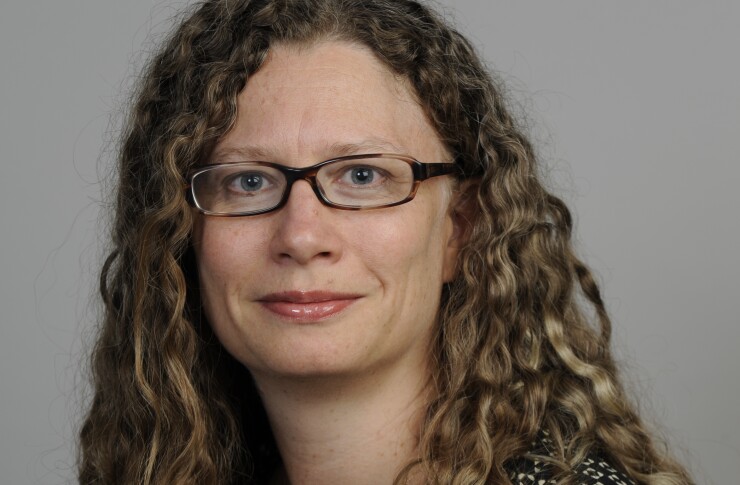Moody’s Ratings downgraded two private universities in California this week as higher education continues to grapple with declining enrollment and slower revenues nationally.
Moody’s cut the University of La Verne’s rating to Baa1 from A Thursday, affecting $101 million in revenue bonds issued for the school in eastern Los Angeles County. It downgraded the University of San Francisco’s rating to A3 from A2 on Monday and also revised its outlook downward to negative from stable, affecting $302 million in outstanding debt.
Both schools have been impacted by enrollment declines, but the University of San Francisco, a Jesuit university, was dinged by Moody’s for “uneven admissions strategies and resulting operating deficits,” which analysts said reflect challenges in financial strategy, risk management, management credibility and track record. All of those criteria are governance considerations under Moody’s ESG framework and drivers of the rating action, Moody’s said.
While USF is protected by its size and graduate programs, its admission strategy contributed to its decline in enrollment as well as the competitive environment in the state, said Deborah Roane, a Moody’s vice president and senior credit officer. Only 8.6% of the students admitted decide to attend, which is a low number, and speaks to the competitive environment, Roane said.
USF had 8,808 full-time equivalent students in fall 2023 and $409 million in operating revenue for fiscal 2023, according to Moody’s.
In the University of La Verne’s case, the enrollment declines resulted in a drop in net tuition revenue “leading to continued narrower operating performance than historical averages,” the report said.
Moody’s revised its outlook on La Verne to stable from negative at the new, lower rating.
The University of La Verne is about 35 miles east of Los Angeles. Originally founded in 1891, it had 5,411 total full time equivalent students for fall 2023, according to Moody’s.
College enrollment nationally has fallen 7.4% over the past decade, for a 1.5 million drop in student numbers, according to a report from Best Colleges.
The highly competitive student market in California, which includes many strong public systems and private alternatives as well as a price-sensitive student population and evolving consumer preferences, will continue to serve as barriers to sustainably restoring net tuition revenue growth at La Verne, Moody’s analysts said.
Moody’s revised its higher education sector outlook to stable from negative in December, predicting the mismatch in revenue and expense growth would moderate. In its forecast, Fitch was less optimistic projecting enrollment and financial challenges would intensify in 2024, which “could weaken operating margins and strain financial flexibility.”
“In terms of the stable outlook, it’s hard to assign an outlook to a sector that has a lot of variables and pieces to the sector,” said Emily Raimes, a Moody’s associate managing director.
“We have portions that are doing really well, portions that are doing fine and portions that are challenged,” she said.
“For large public universities, very selective, and small private universities, enrollment is doing fine, and will continue to do fine, but there is a portion of the sector that remains challenged,” Raimes said. “Small, private colleges, particularly those not at the top tier, are expected to continue to experience enrollment challenges.”
S&P Global Ratings in its 2024 forecast in December assigned a bifurcated outlook with strong institutions expected to do well and less selective colleges facing challenges.
Moody’s outlook doesn’t necessarily speak to the number of upgrades vs downgrades, it speaks to the sector’s overarching business conditions, Raimes said.
Almost half of Moody’s outlook revisions on higher education credits improved, Raimes said, but 90% of rating actions were downgrades, and only 10% were upgrades.
“Our view [ahead of the outlook release] was that we had hit the trough for higher education in terms of business conditions, but while it was still challenged, conditions were not getting worse, and overall, we largely still believe that.”
The forecast report had predicted that expenses would outpace revenues again bringing another hard year, but that the gap would start narrowing, Raimes said.
But there also have been unexpected developments like the pro-Palestinian protests and student financial aid delays, she said.
